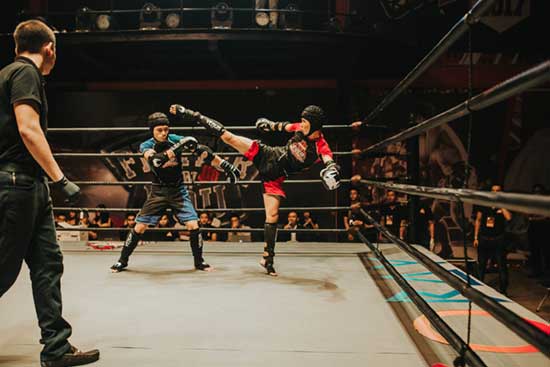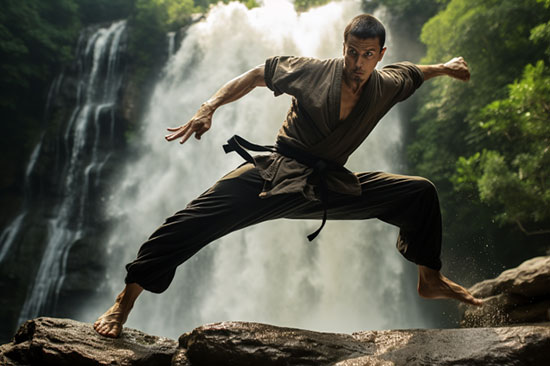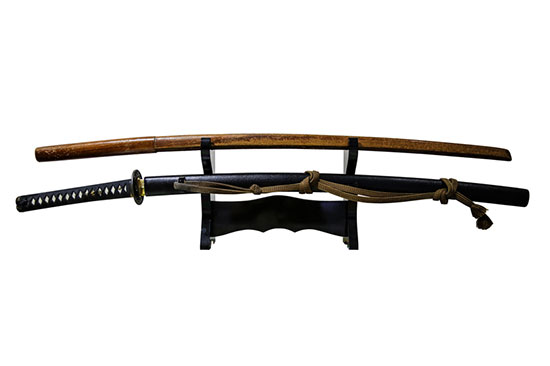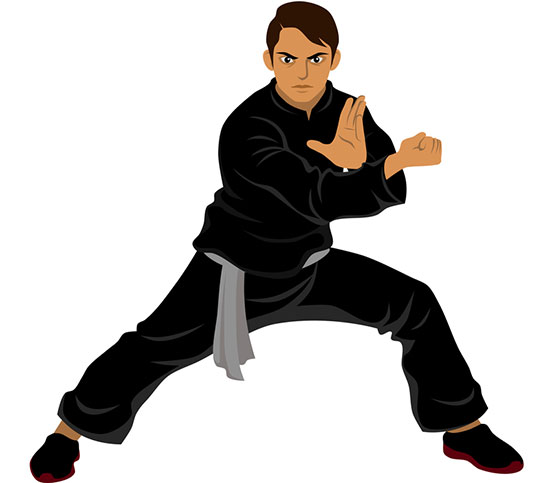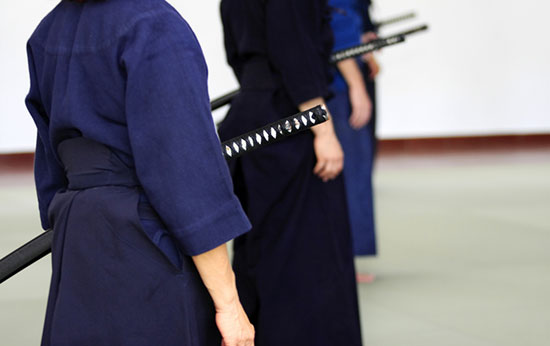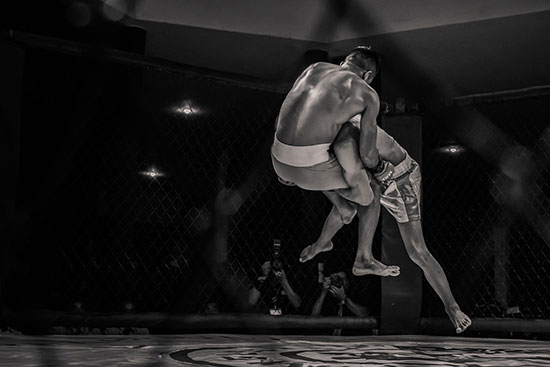The Jeet Kune Do, or JKD system, has fascinated martial arts enthusiasts. With Bruce Lee’s development of the JKD system as a response to an overly rigid form of martial arts and no-fighting sport system, it remains one of the most popular martial arts today.
The system is characterized by extensive training in fighting skills and attributes that are specifically attuned to each individual.
JKD offers a number of qualities that make this style so appealing and applicable in most real-life situations.
Contents
What is Jeet Kune Do?
Jeet Kune Do (JKD) is a martial art that draws its foundational techniques from Wing Chun and was developed by the legendary Bruce Lee.
The JKD system does not follow rigid rules, like most traditional martial arts systems. Unlike other martial arts, JKD focuses on practical self-defense techniques and fighting moves.
The main idea behind JKD involves interception. Through interception, JKD promotes the development of the skills and attributes needed to quickly and efficiently stop an opponent.
Unlike most traditional martial arts, Jeet Kune Do emphasizes simplicity, directness, and freedom. A martial artist is encouraged to simplify his attacks and movements without compromising effectiveness.
The methods used are to be direct and efficient while retaining the power and speed of the attack. The principles of freedom ensure that moves are not based on complicated limiting forms and katas.
The practitioner is thus not limited in any way and must unleash the beast in them to leverage the situation.
Does Jeet Kune Do have belts?
The original JKD does not have a belt grading system. This is because the art is based on the philosophy of adaptation of other fighting techniques and styles.
In JKD, it is not enough to learn the fundamental principles of a particular fighting style to develop the skills needed for real-world situations.
The style places more emphasis on self-defense rather than competition. In this sense, any student of JKD is equivalent in skill to any other.
Due to the methods and methods of attack, there is no need for a training system with clearly defined belts.
However, some Jeet Kune Do schools have incorporated the belt grading system to align the style with most mainstream martial arts.
These systems believe that they are furthering JKD from where Bruce Lee left it. Even so, Jeet Kune Do belt grading systems are not officially recognized by UFC.
JKD unofficial belt system
Since there are no recognized grading belts in JKD, the designations of skills and progress depend on the school and instructor.
In general, most martial arts use color belt systems to classify students’ skill levels. Although the training process is not formalized or developed for competitions or tournaments, some schools do hold sparring matches and tournaments for their students.
Jeet Kune Do Belt Progression
- White – This is the introductory level. At this level, students learn fundamental movements and techniques. The focus is on physical conditioning.
- Yellow- This belt is attained after a year of training at the white belt level. Since yellow belt students have mastered the fundamentals of JKD, they can start learning how to prepare for combat and how to handle various situations through role-playing and self-defense scenarios.
- Orange – This is usually attained after another year of training at the yellow belt level. Students have more control over their timing and motion, thus reducing the number of times they are hit by an opponent. They are equally prepared to counter strikes, defense, and execute their attacks.
- Green- This belt is attained after another year of training at the orange belt level. Students have sufficient mastery of self-defense techniques and can start sparring in controlled drills. They can defend themselves against multiple opponents.
- Blue- This is the final belt for beginners before they proceed to advanced progressions. Since advanced techniques are closely related to real-life applications, it is at this level that students begin learning more practical techniques.
- Purple- This belt level is attained after another year of training at the blue belt level. Students have mastered all forms of attacks and counters in addition to their physical conditioning. They are able to shield their body against blows and can efficiently attack multiple opponents in the same time frame.
- Red- The practitioner here has the potential to be dangerous. They have the knowledge, skill, and ability.
- Brown- This is an intermediate belt level attained after another year of training at the purple belt level. At this level, students are agile and have mastered their evasive maneuvers. They can defend themselves against multiple opponents with ease and can deliver attacks with the same efficiency.
- Black- This is the highest belt attainable in JKD. Students have reached the pinnacle of their physical fitness and fighting skill. They can deliver and defend themselves against multiple opponents with ease. They possess sufficient stamina to fight for a long time and are equally agile as they are strong.
Conclusion
Today, many different schools of martial arts exist. It is interesting to realize that many martial artists have forged their own paths and created new styles of fighting based on their own experiences, views, and perspectives about martial arts.
However, over the years, each style has evolved from its original form to meet the needs of those practicing it.
As such, JKD training varies from school to school and instructor to instructor. However, one constant characteristic is that it imparts skills that can be readily applicable in real-life situations.
